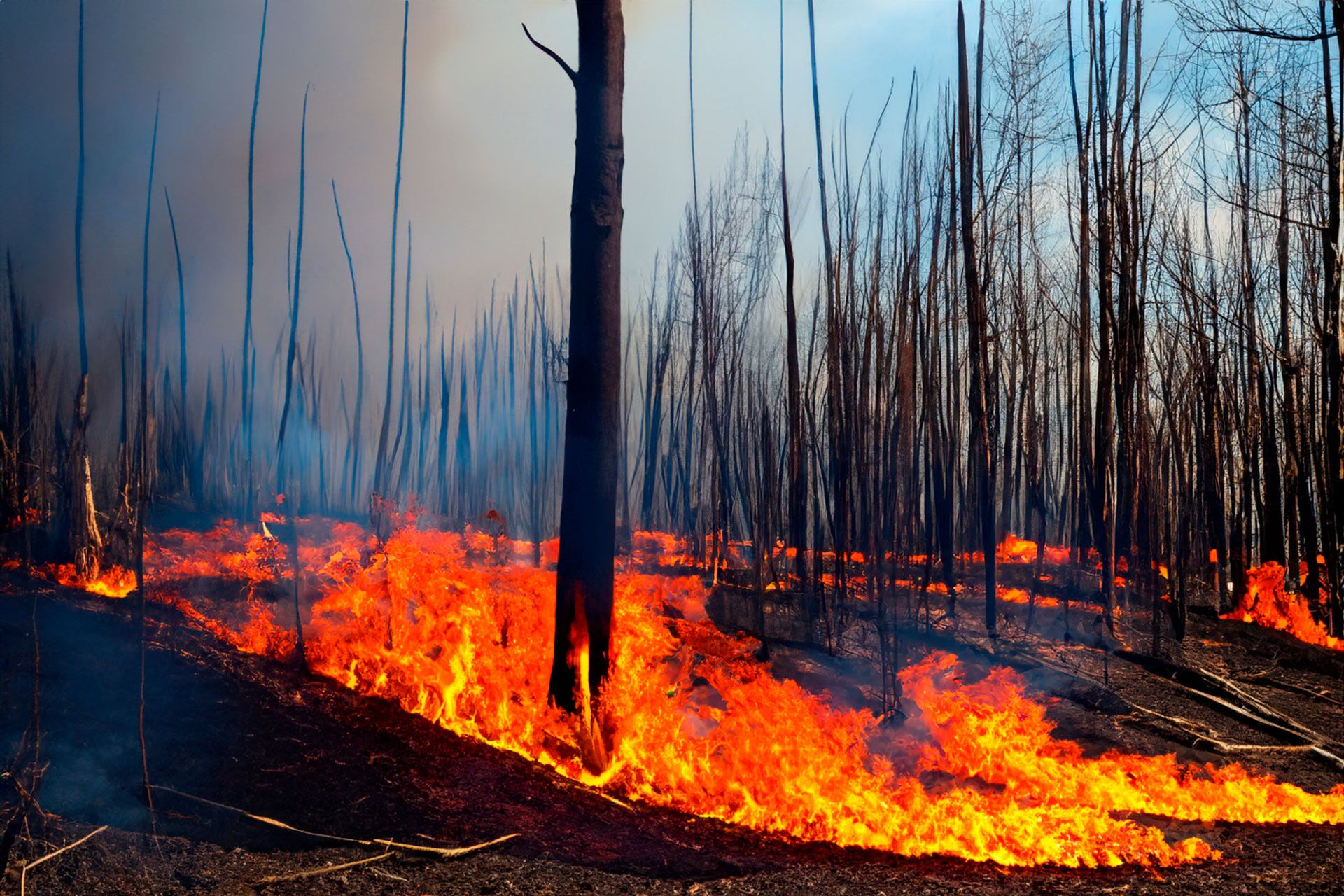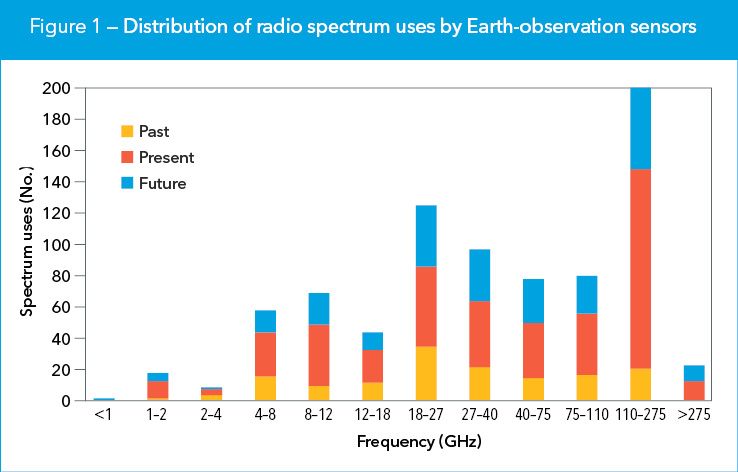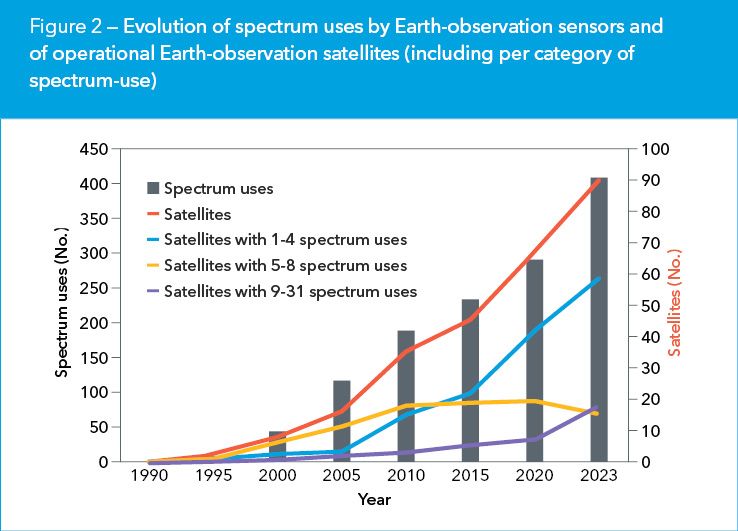
Emerging prospects for Earth observation in addressing sustainable development goals


Flávio Jorge, National Chair and International Early Career Representative, Commission E (Electromagnetic Environment and Interference),
International Union of Radio Science;
Luis Pedro, Director, ANACOM, Portugal; and
Sandro Mendonça, Professor, Iscte Business School/University Institute of Lisbon, Portugal, and Advisor, Anatel, Brazil
Climate change, observed in the form of heatwaves, wildfires, draughts, and floods, often in the same territory within the same year, has dramatic social and economic impacts. It is threatening public safety and undermining food and water security, as well as changing disease patterns and forcing mass displacements of people.
The 17 Sustainable Development Goals (SDGs) set out by the United Nations in 2015 provide the essential pathway to solve the grand societal challenges of our time. With the next UN climate conference, COP28, taking place in Dubai in late November, in parallel with the upcoming World Radiocommunication Conference (WRC‑23), the time is ripe to acknowledge the intersection of the climate and radiocommunications agendas.
How Earth-observation satellites serve sustainable development
Earth-observation satellites are an indispensable piece of infrastructure, taking the pulse of our planet with the capability to contribute to most, if not all, SDGs.
The resulting data on climate, land use and other factors is a source of strategic intelligence for the design and evaluation of anticipatory and corrective policies.
The Earth Exploration-satellite Service (EESS) — as operated by Earth-observation missions within the Radio Regulations framework maintained by the International Telecommunication Union (ITU) — amounts to a global public good that ensures unique benefits. But its continued delivery depends on the increasingly scarce availability of satellite orbits, along with the radio spectrum resources required for microwave remote sensing, as well as for communications.
Governance is key to ensure resilience and adaptability.
Fast-growing orbit and spectrum usage
Radio spectrum is essential for Earth-observation sensors.
OSCAR — the Observing Systems Capability Analysis and Review tool from the World Meteorological Organization (WMO) — makes available a database of satellite frequencies used for Earth observation, including for microwave remote sensing. The distribution of spectrum-uses (see Figure 1) shows the importance of radio spectrum for Earth-observation sensors: all the frequency ranges are used, in use, or planned for future use.

Furthermore, the number of Earth-observation satellites has been increasing quadratically, as has the number of spectrum uses by Earth-observation sensors (see Figure 2).

Increasingly timely Earth monitoring
Both the average and median numbers of spectrum uses, per satellite, by Earth-observation sensors have decreased in recent years, after peaking around 2005 (see table).

Such findings are consistent with the trend of deploying smaller, simpler, and cheaper satellites in constellations of bigger numbers. This small-satellite, large-constellation approach reduces revisit time and provides near-real-time monitoring of the Earth.
Lighter missions on the up
From the spectrum-use intensity standpoint (see Figure 2), the number of “lighter” missions — with fewer than five distinct uses of radio spectrum, per satellite, by Earth-observation sensors — is on the rise. “Heavier” missions, with more than eight such uses per satellite, continue being deployed, but at a slower rate, possibly involving larger, more complex, costlier applications.
The “middle” missions, however, which dominated the Earth-observation sector in its early days, reached a plateau around a decade ago and have now begun to decrease, consistent with decommissioned missions modal lifetimes available at the moment.
Sustained, effective and efficient use of Earth‑observation assets
With the ever-increasing demand for satellite orbits and radio spectrum, the rational use of Earth-observation assets has never been more important. Yet the complex value chain of the space economy requires continuous orchestration.
Distinct roles and responsibilities include:
- Researchers — expanding technology feasibility and resource-use efficiency.
- Regulators — shaping practical and enforceable rules, including realistic protection requirements.
- Manufacturers — engineering robust, affordable technologies, following circular-economy principles, duly observing both in-force and forthcoming regulations and recommendations.
- Operators — operating within established frameworks and claiming radio protection whenever needed (methods and procedures in this respect are addressed here).
- Monitoring and enforcement authorities — ensuring a safe electromagnetic environment for operations, keeping the radio spectrum free from harmful interference, providing effective radio protection where needed, and supporting efficient spectrum sharing.
ITU fulfils a crucial role in coordinating all these functions. As the UN agency for digital connectivity technologies, it fosters consensus while respecting sovereignty and diversity, builds bridges between communities, and maximizes benefits for societies worldwide.
Earth observation forms an integral part of the information and communication technologies (ICTs) ecosystem − a key element in the world’s ongoing digital transformation. It is key in addressing our current planetary crisis.
The time, therefore, has come to rally around the SDGs, act together for our common future, and make the most of WRC‑23 to ensure the continued availability of spectrum and space resources for all.
Download your copy of the ITU News Magazine: Science services.
ANACOM (Autoridade Nacional de Comunicações), Portugal
Anatel (Agência Nacional de Telecomunicações), Brazil
Header image credit: Adobe Stock
